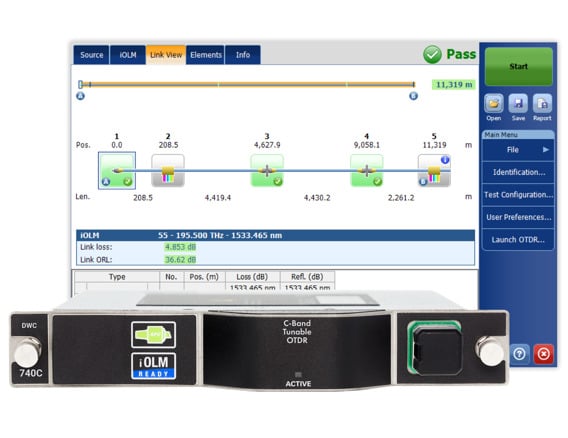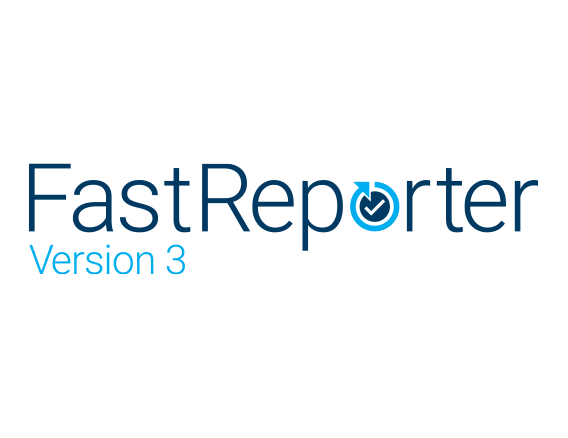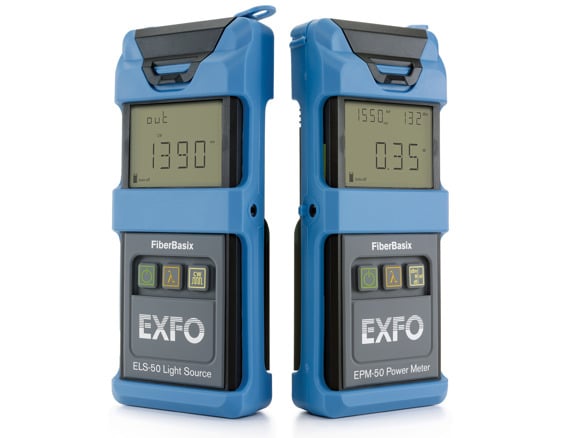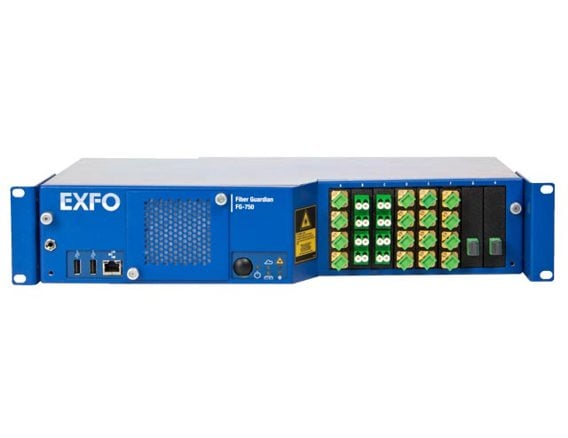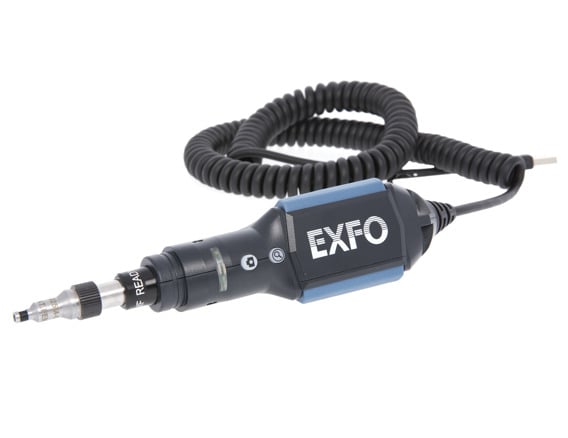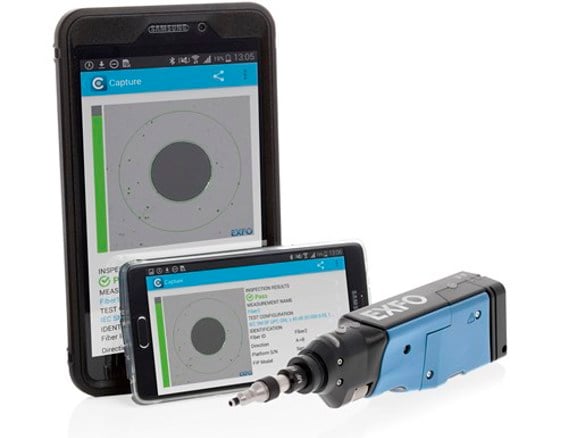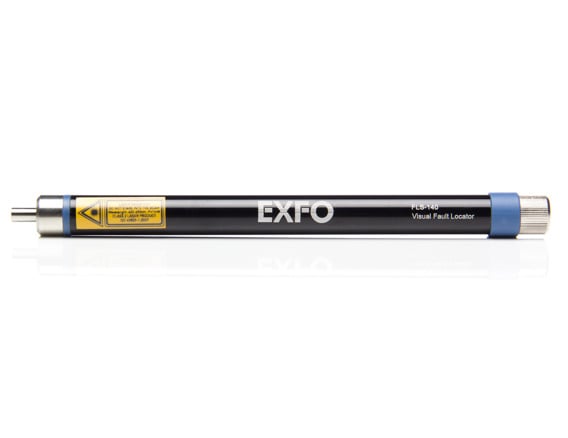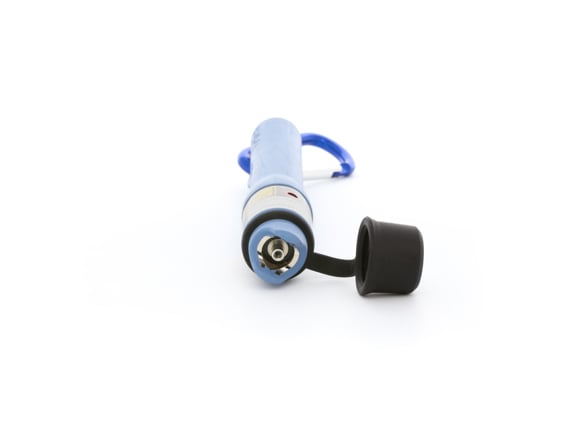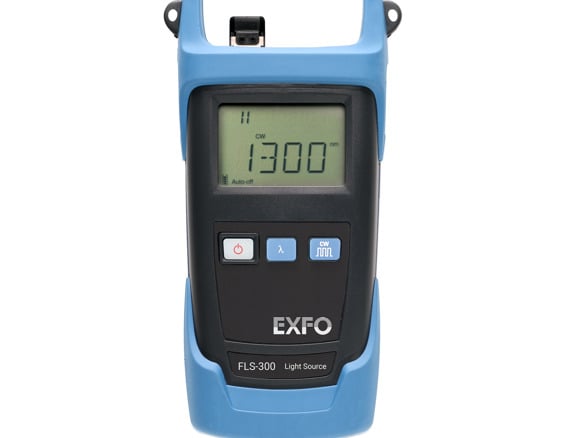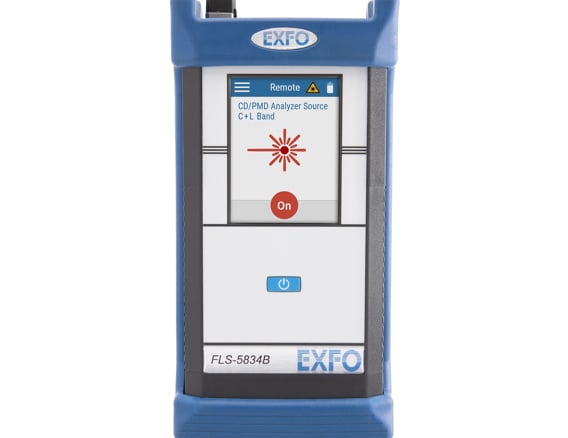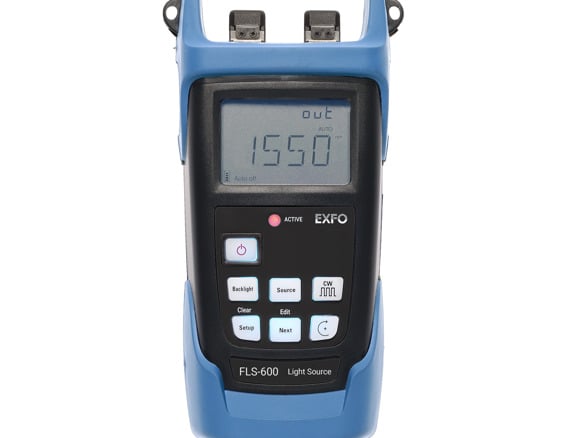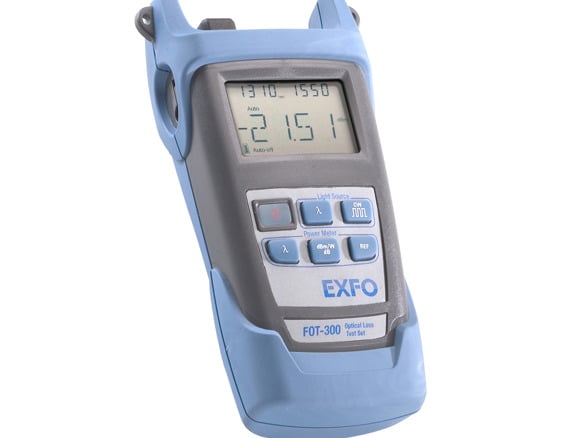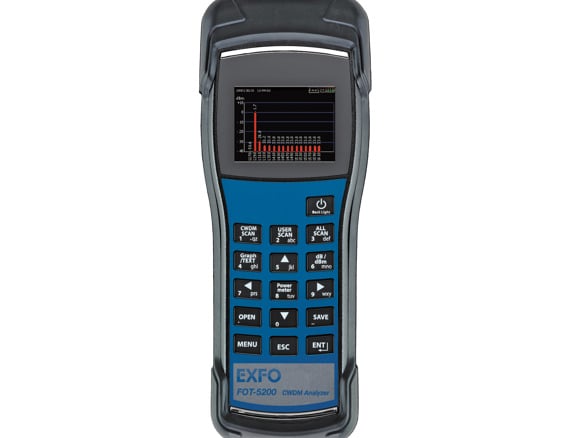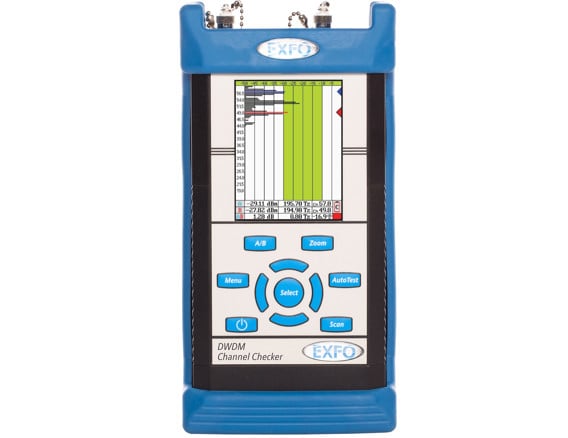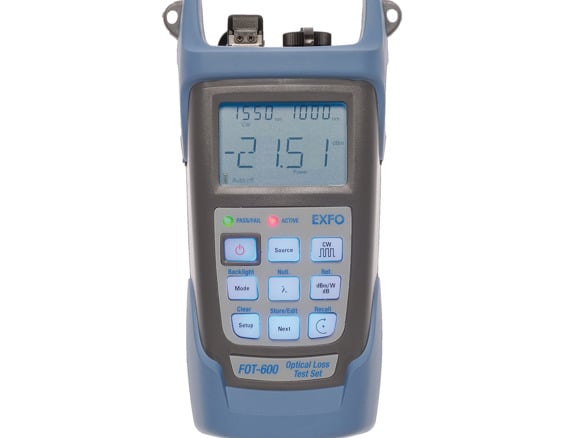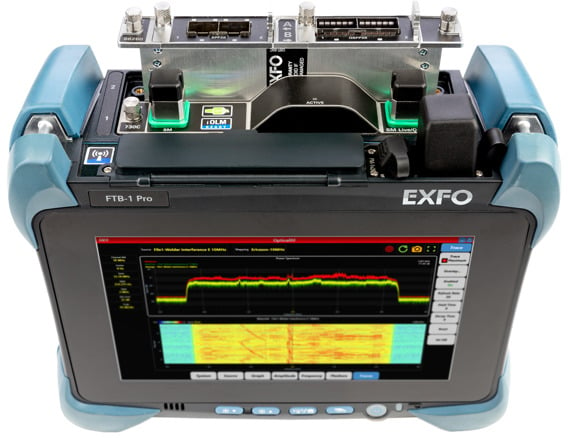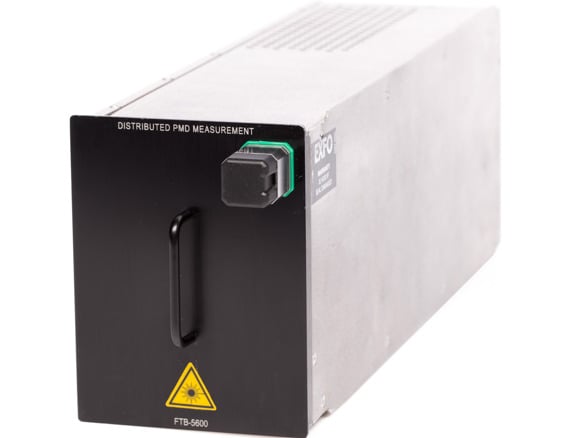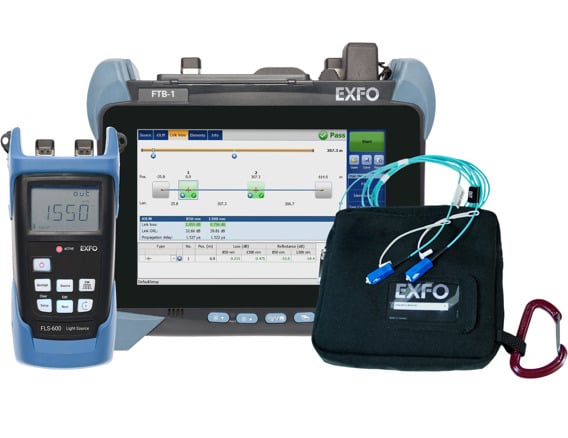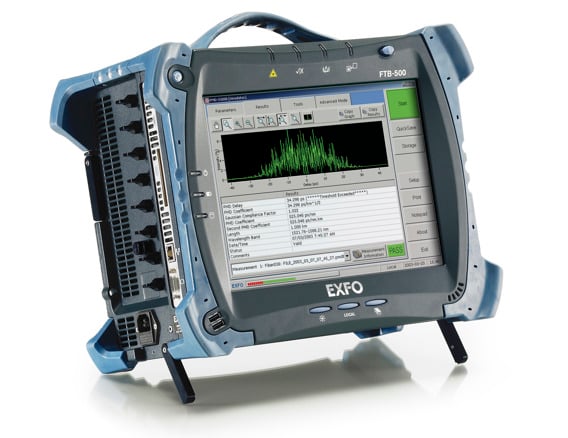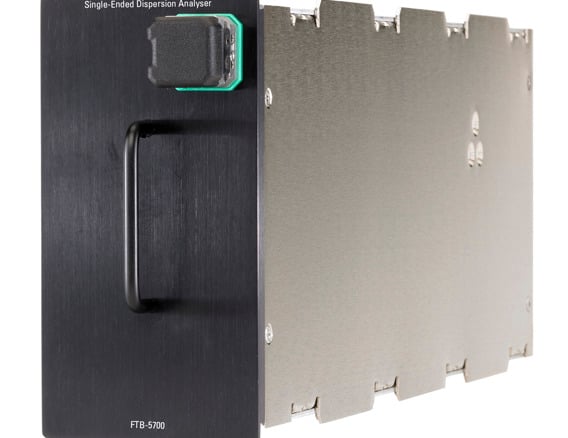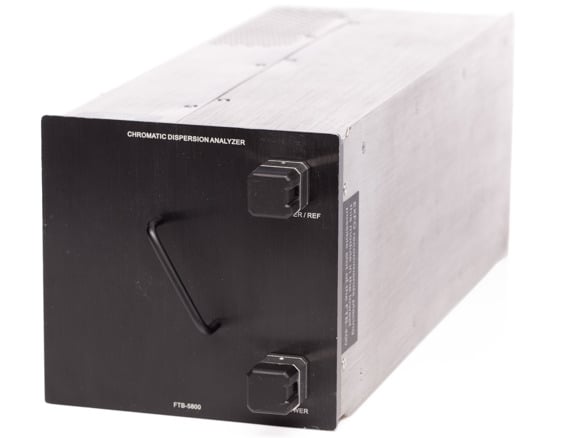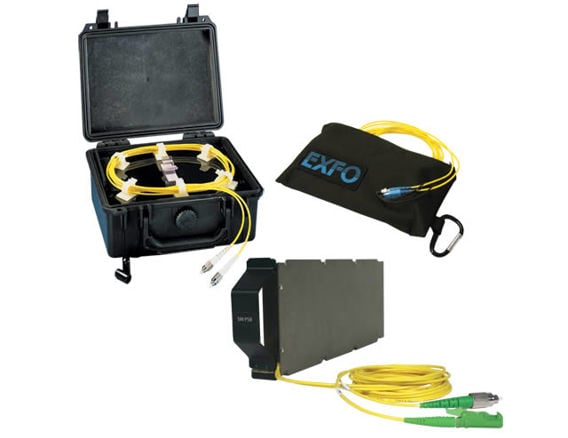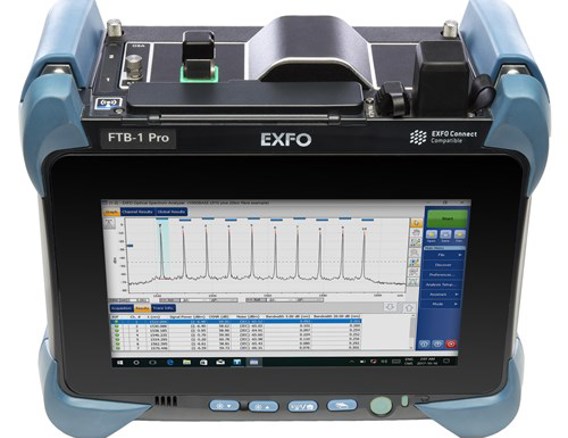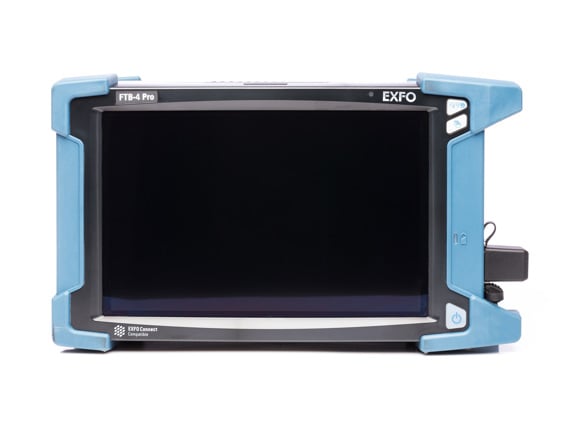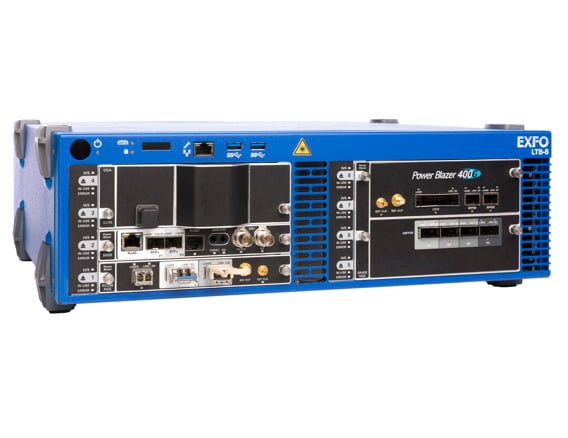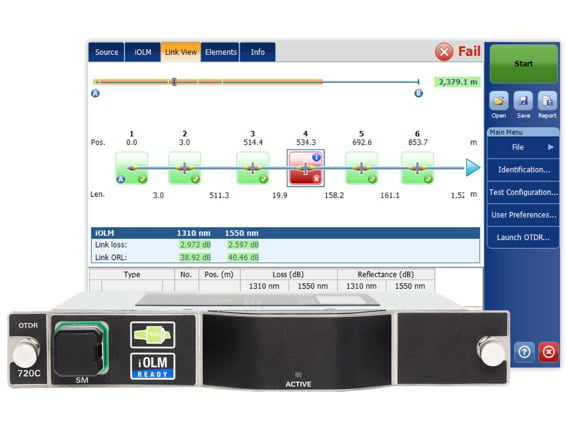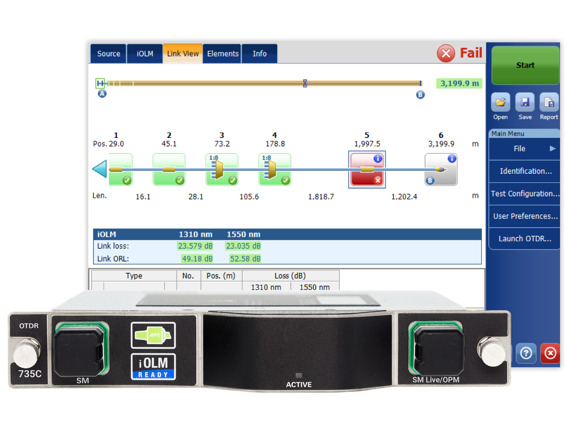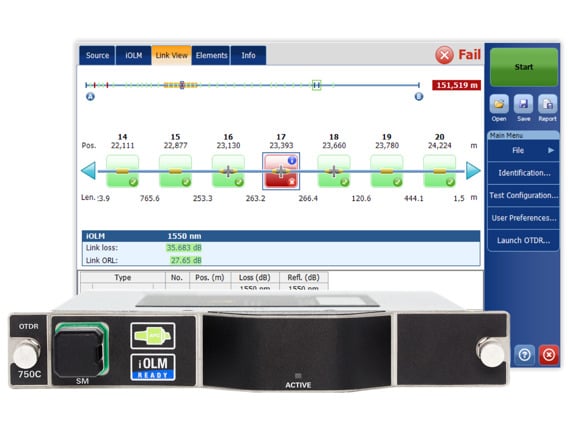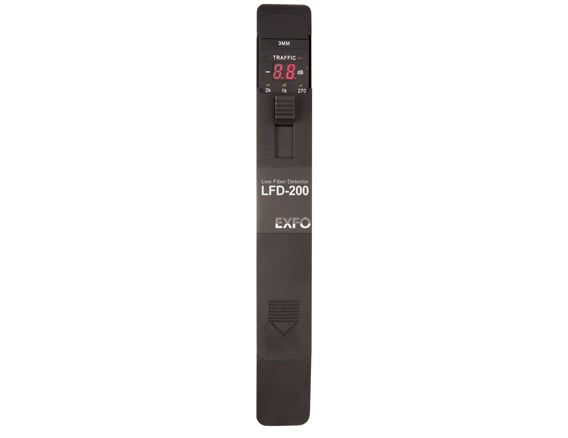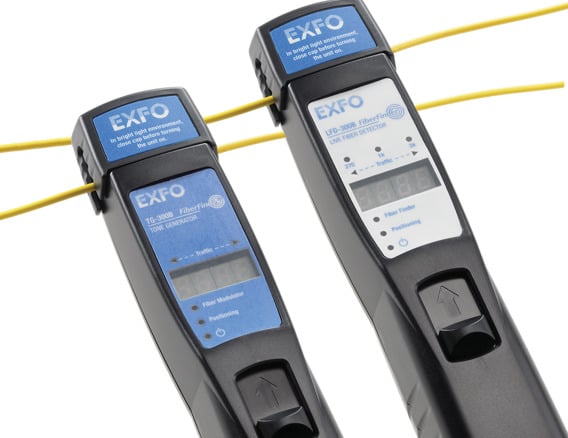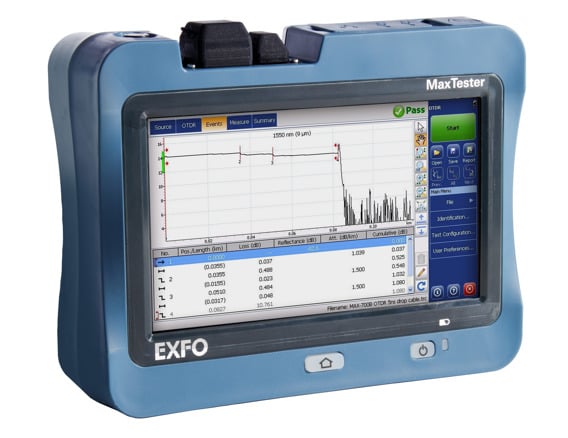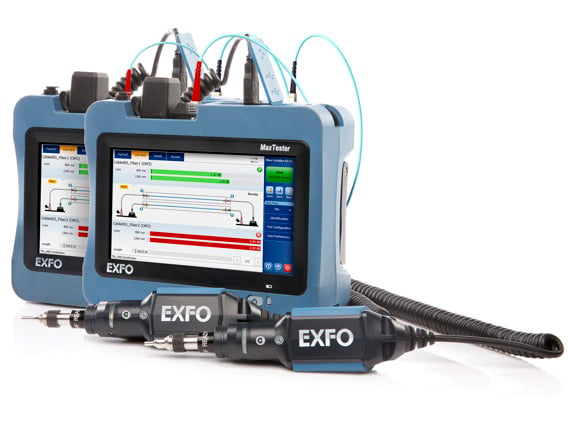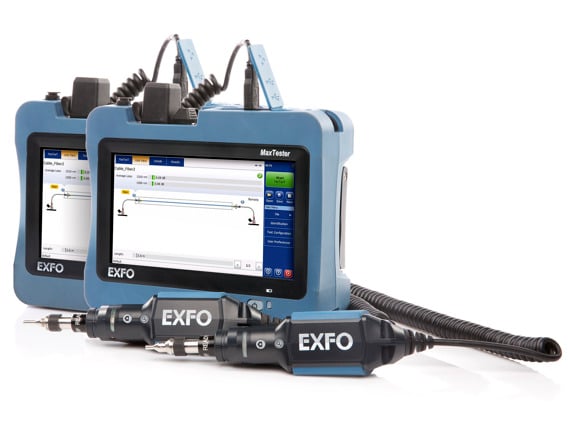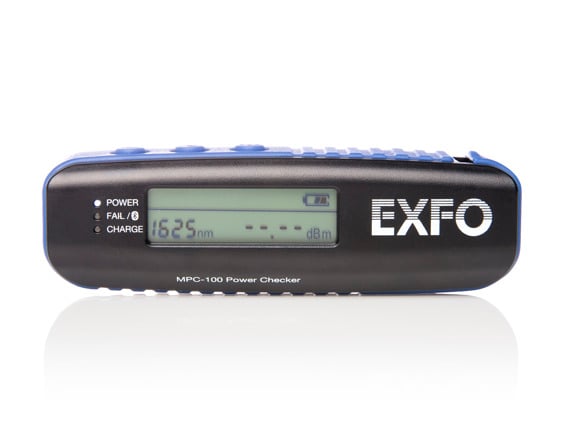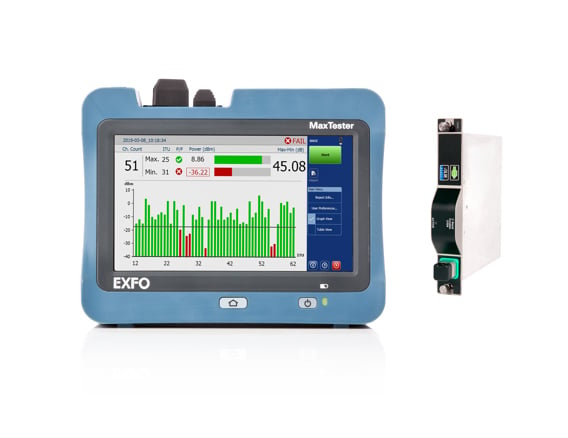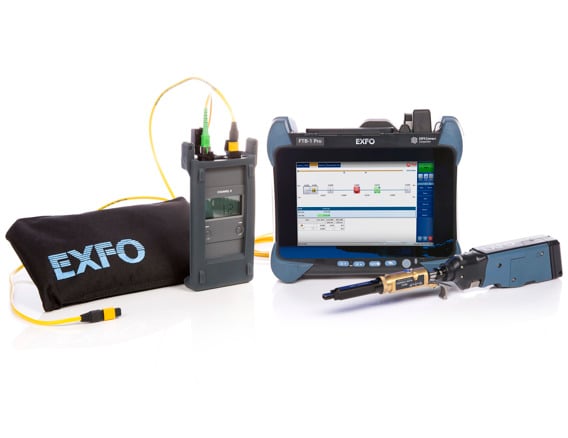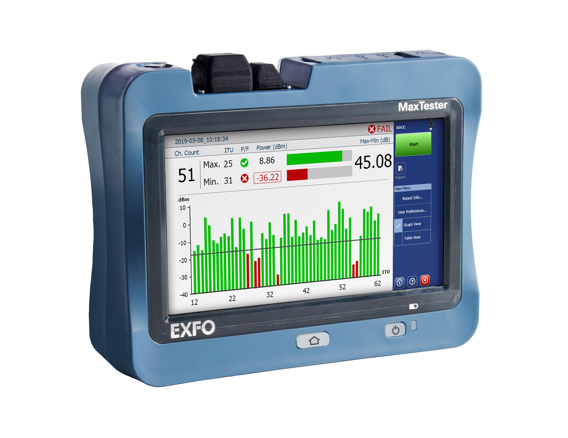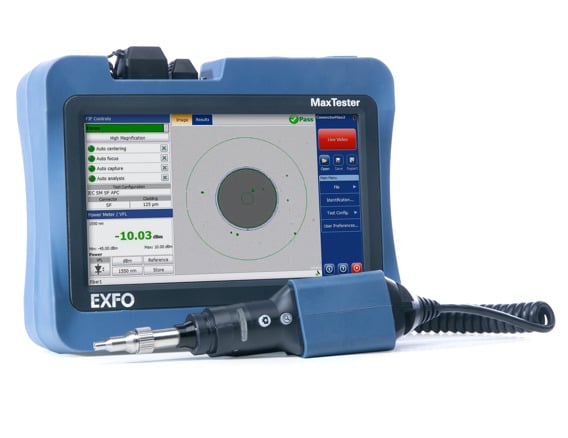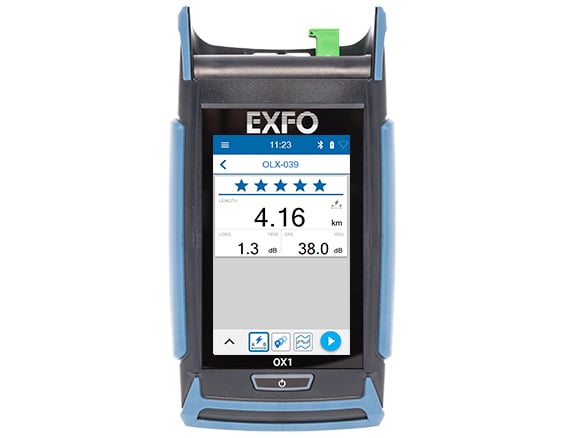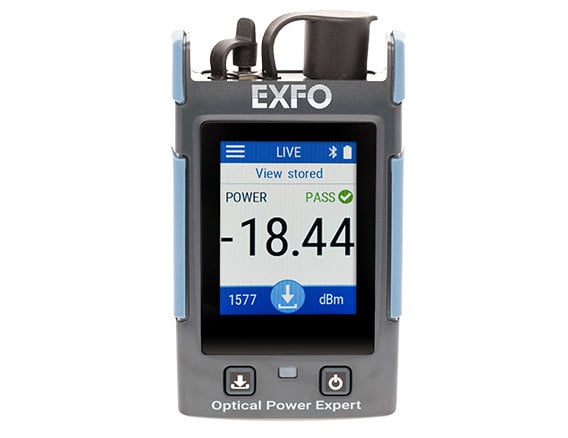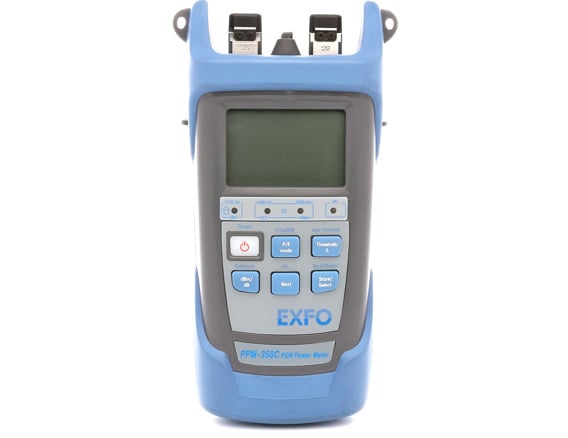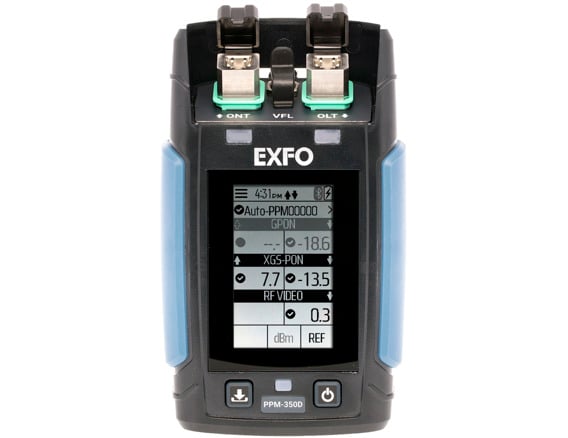Resources
All resources
Reference posters
Fiber inspection technical poster - English
(May 25, 2018)
Reference posters
Fiber inspection technical poster - 中文
(May 25, 2018)
Blog
Fiber testing - tips and tricks from our experts - English
(January 04, 2021)
Success story
Converge ICT Solutions finds & fixes fiber faults fast with EXFO OX1 - English
(September 11, 2023)
Promotional videos
Deploying fiber-to-the antenna: Tips from the top - English
(May 18, 2023)
Reference posters
OTDR/iOLM - English
(March 08, 2019)
Reference posters
OTDR/iOLM - 中文
(March 08, 2019)
Reference posters
OTDR/iOLM - Español
(March 08, 2019)
Brochures and catalogs
OTDR and iOLM selection guide - English
(May 21, 2019)
Brochures and catalogs
OTDR and iOLM selection guide - 中文
(May 21, 2019)
White papers
Finding the right testing strategy for the FTTH deployment - English
(July 06, 2020)
White papers
Finding the right testing strategy for the FTTH deployment - 中文
(July 06, 2020)
Promotional videos
Deploying fiber-to-the antenna: Being on the top of the World - English
(May 18, 2023)
White papers
iOLM: Advanced accuracy in fiber characterization through grouped events and bidirectional analysis - English
(June 07, 2022)
White papers
iOLM: Advanced accuracy in fiber characterization through grouped events and bidirectional analysis - 中文
(June 07, 2022)
Application notes
Bidirectional OTDR testing–Comparing the most efficient methodologies - English
(June 13, 2022)
Application notes
Bidirectional OTDR testing–Comparing the most efficient methodologies - 中文
(June 13, 2022)


